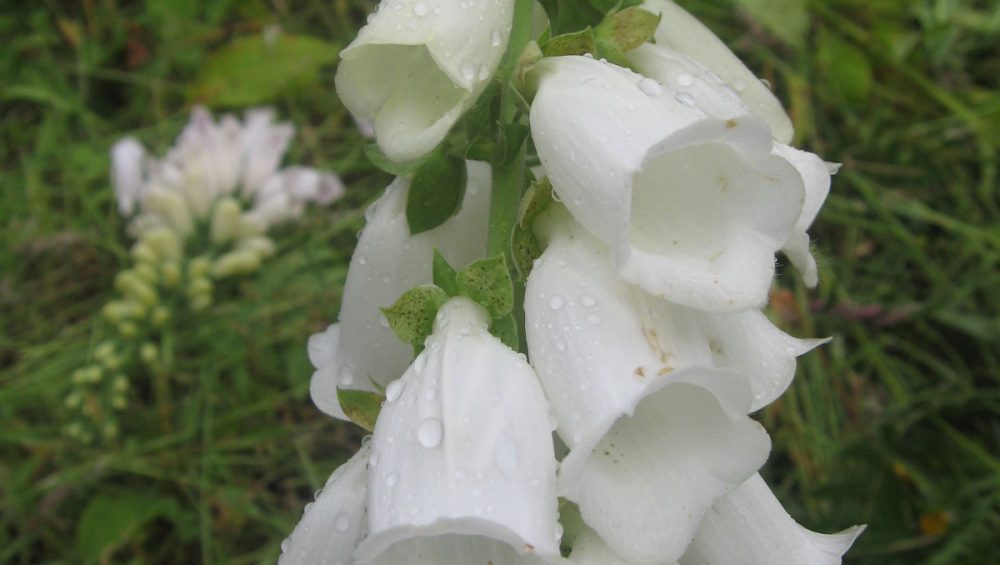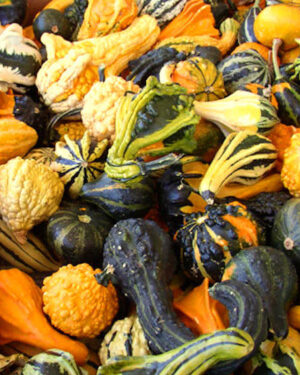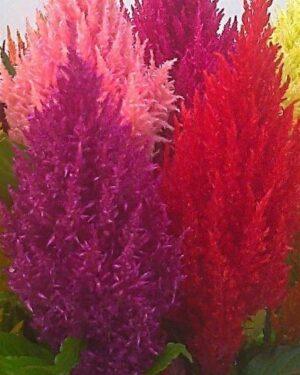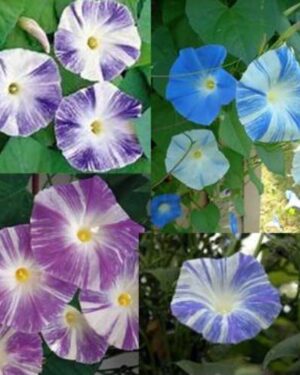Description
Digitalis Foxglove Alba Seeds
Digitalis Foxglove Alba Seeds . An elegant plant delivering height and texture to borders in early summer with pure white spires of flowers lighting up more shaded corners. Being Bi-annual in the first season the plants form rosettes of hairy lance shaped leaves with the stunning spikes of pure white drooping bell shaped blooms. Always very attractive to native insects / bees.
Cultivation Advice
- Choose a well-drained location with partial to full shade. Foxgloves, including Alba White, thrive in woodland or garden settings with dappled sunlight.
- Ensure the soil is rich, moist, and well-draining. Amend heavy soils with organic matter like compost to improve drainage.
- Plant foxglove seeds in early spring or late summer. Foxglove Alba White is typically grown from seeds.
- Sow seeds on the soil surface, pressing them lightly into the soil. Foxglove seeds require light for germination.
- Keep the soil consistently moist until germination occurs. Thin seedlings to maintain proper spacing once they have a few leaves.
- Apply a layer of mulch around the base of the plants to retain soil moisture and suppress weeds.
- Provide regular watering, especially during dry spells. Foxgloves prefer consistently moist soil.
- Foxgloves generally don’t require heavy fertilization. A balanced, slow-release fertilizer in spring may be sufficient.
- Tall foxglove varieties like Alba White may benefit from staking to prevent bending or breaking of flower spikes.
- Deadhead spent flowers to encourage continuous blooming and prevent self-seeding, as foxgloves can become invasive in some regions.
- After flowering, cut back the entire flower spike to encourage a second flush of blooms and maintain a neat appearance.
- Divide mature clumps every few years in early spring or fall to rejuvenate the plants and promote better flowering.
- Watch for pests like aphids and snails. Treat promptly with insecticidal soap or other appropriate controls.
- Foxgloves are susceptible to rust and other fungal diseases. Ensure good air circulation and consider fungicide applications if needed.
- Pair Foxglove Alba White with shade-loving companions like ferns, hostas, or bleeding hearts for a beautiful woodland garden.
- Foxgloves attract bees and hummingbirds. Consider them for pollinator-friendly garden designs.
- Keep in mind that foxgloves are toxic if ingested. Exercise caution and avoid planting them in areas accessible to pets and children.
- Mulch around the base of the plants in late fall to provide some winter protection in colder climates.
- Use Foxglove Alba White along garden borders or as a backdrop for shorter plants to create visual interest.
- Allow Foxglove Alba White to naturalize in shaded areas, creating a stunning display over the years.
- Cut Foxglove Alba White flowers for elegant indoor arrangements, but be cautious about their toxicity.
- While Foxgloves prefer moist soil, they can tolerate short periods of drought. Water during dry spells to keep the soil consistently moist.
- Allow fallen leaves to remain around the base of the plants in the fall, acting as natural mulch and adding organic matter to the soil.
- Apply fertilizer in early spring before new growth begins. Avoid over-fertilizing, as excessive nutrients can lead to weak growth.
- Foxgloves prefer slightly acidic to neutral soil. Check and adjust the soil pH if needed to maintain optimal growing conditions.
- Consider planting early blooming varieties of Foxglove Alba White for an extended period of flower production.
- Integrate Foxgloves into themed gardens, such as cottage gardens, where their vertical spires add height and drama.
- Educate others about the toxicity of Foxgloves, particularly if gardening in public spaces or community gardens. Display informational signs to raise awareness.
- Plant Foxglove Alba White in areas with well-drained soil to prevent waterlogged conditions, which can lead to root rot.
- Appreciate the architectural beauty of Foxglove flower spikes even after blooming, as they can add interest to the garden in late summer and fall.
- Plan your garden layout to create varying heights, placing Foxgloves at the back of borders to showcase their towering blooms.
- Understand that Foxglove Alba White is a biennial, completing its life cycle in two years. Allow some plants to self-seed for a continuous display.
- Include Foxgloves in rain gardens, taking advantage of their moisture-loving nature.
- Consider overwintering Foxglove Alba White indoors in containers in colder climates, providing protection from harsh winter conditions.








Reviews
There are no reviews yet.